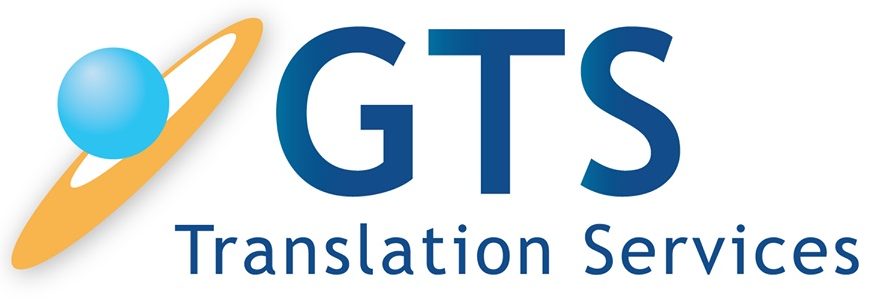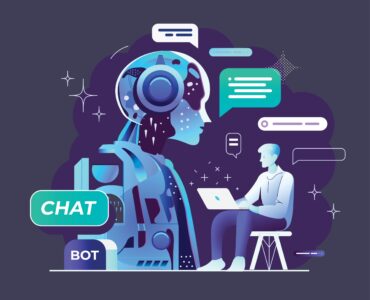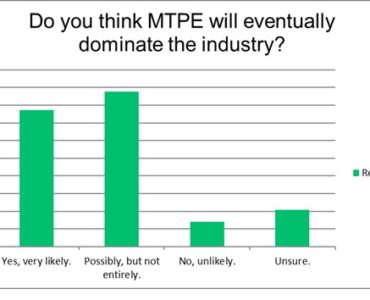At GTS, we only provide our customers with human translation services. No AI is used in our process, which is certified as compliant with the ISO 17100:2015 standard. Owing to this, we expect our translators to turn in professional human translation and not AI.
The temptation for professional translators to use AI is very high. The quality is quite good and seems to be constantly improving. And if the work is reviewed thoroughly, it may be able to pass as human translation. The problem is that some translators and translation companies, either due to questionable scruples or time pressure, tend to get sloppy and deliver unedited AI. This not only is dishonest behavior, it can result in financial losses.
Case in point: we assigned a 2,500 word English to Spanish project to one of our translators and got it back in under two hours. That in itself raised a red flag. Professional translators are known to deliver around 2,500 words per day. 3,000 words maybe, if they are quick. After further checks, we discovered that the work was definitely AI: the translator had translated some tags which, as any professional knows, are to be left untouched as they are used as placeholders to be populated by software.
The correspondence with the translator went like this:
PM to translator: Dear translator, it is obvious that you used MT and not human translation. How does someone translate 2,400 words in 1.75 hours? Due to this, we will need to get these translations redone.
Translator to PM: It is obvious that you didn’t check the translation, I can translate that amount of words in this time, but of course, it is up to you. The subject was very easy and almost took no research (tool names and so on).
PM to translator: No-you are dishonest. You sent me the text with translation of tags. Had you used a human process and not MT, you would not have translated the tags such as {{Constituent First Name}} , {{Event Name}}, {{Event Start Date}} etc.
Obviously we removed this translator from our team and will no longer assign them with translation work. So how do tell if you are getting human or AI translation? Here are some tips.
1. Use trusted professionals
This one is obvious but needs to be said anyway. Be specific with your staff and make sure that they know what you want. If you want human translation, then make sure that you indicate this clearly. Of course people are dishonest and may lie. So it is important to work with people that you trust.
2. Ultra-fast delivery
As mentioned, very fast delivery is a red flag. Translators can deliver 2,500 to 3,000 words a day if they are using a pure human process. Anything over that, and especially way over, indicates that you may have AI translation on your hand. Here too however, people can be dishonest and send you delayed translations. Keep reading for more insights.
3. Translation of non-translatable texts
Certain texts in a document are not to be translated. This includes references to other publications when cited in scientific and medical publications. Tags used a placeholders to be populated by software, proper names, brand names. If you see that these and other such items have been translated, then you probably received AI which was not properly reviewed.
4. Funny Mistranslations
Translators that use AI on lengthy documents tend to leave in AI translations which make no sense. If you see such an occurrence, it is likely unreviewed AI translation. While a professional human translation can also make mistakes, it will never be a nonsensical translation.
5. No translator questions or feedback
Professional human translators will often come back with clarification questions—especially on ambiguous phrasing, missing context, or technical terms. If a translator returns a complex job with zero queries, and especially in record time, that could be a sign they used AI without sufficient review.
6. Inconsistent terminology and style
AI tools often struggle with consistency across a document, especially with technical terms or idiomatic expressions. For example, a key term may be translated one way in one paragraph and differently in another. A professional translator will usually maintain strict consistency—often using a glossary or CAT tool to help.
7. Over-literal translations
AI is known to provide overly literal renderings that don’t take idiomatic language or context into account. If a translated phrase sounds like it was lifted word-for-word from the source without regard to how people actually speak the target language, it’s likely AI. In addition, human translators consider the target audience and adapt expressions, humor, or local references accordingly. AI typically misses these subtleties and may produce translations that feel “off” even if grammatically correct.
Summary
AI has its place in the world of translation and can be successfully applied to a wide range of texts. If properly reviewed and edited, it may be undetectable from human translation. Be transparent with your staff and customers. Convey the required SLA and requirements in advance. And finally, trust but verify. Use these and other guidelines to smoke out people that are trying to charge human translation prices while delivering AI instead.





